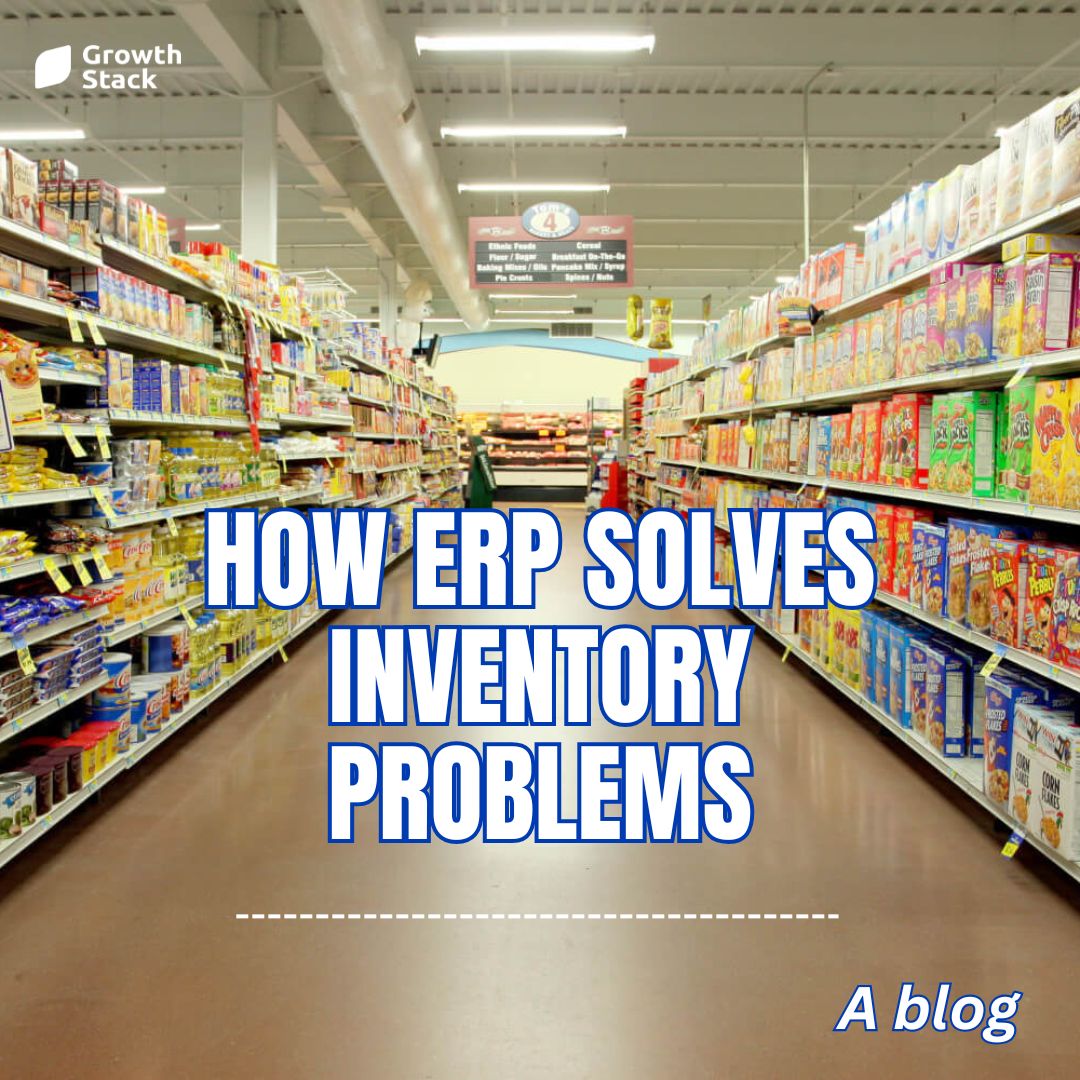Business success hinges on the creation of value. Offering value to customers leads to better acquisition, retention, and advocacy while delivering value to the business leads to higher margins and profits.
Understanding where and how your company adds value improves operational efficiency and highlights areas where you might gain a competitive advantage.
What is the meaning of value chain analysis?
The practice of examining the actions carried out by a company in order to give a valuable product or service to clients is known as value chain analysis. Analyzing the value chain reveals whether the value each individual activity gives to the consumer is greater than the cost to the business of performing the activity.
Activities included in a value chain?
The value chain, first proposed by Michael Porter in 1985, is made up of nine value-adding activities that influence profit margin. There are two categories of these: primary and support.
The five primary activities are those directly associated with producing and selling a product or service and include:
- Inbound Logistics – receiving and storing materials from external suppliers
- Operations – transforming materials into products/services
- Outbound Logistics – processing orders and distributing to customers
- Marketing and Sales – promoting products and services to buyers and facilitating their purchase
- Service – ensuring that the product or service continues to provide value to customers post-purchase
Support activities are those that support the primary activities and include:
- Procurement – responsible for negotiating purchasing costs across all five primary activities
- Technology Development – responsible for the systems used to manage and process information within the organization
- Human Resource Management – responsible for recruiting, training and retaining people with the right skills to deliver the products/services
- Firm Infrastructure – relates to the functions that allow the business to maintain daily operations e.g. finance

Competitive advantage and value chain analysis
When it comes to making a buying decision, customers are spoiled for choice. To acquire a competitive advantage, you must attract their attention and win their business by providing something that has a higher perceived value than the other possibilities on the market. Two tactics can be used to gain a competitive edge: cost advantage and differentiation advantage.
- The goal of a cost advantage strategy is to develop a valuable product that provides maximum value for both the company and the customer at the lowest possible price. Organizations can identify the cost drivers for each activity and find strategies to minimize them by analyzing the value chain, cutting manufacturing costs, and boosting profit margins.
- A differentiation strategy tries to provide value by providing a product that is distinct or better than those given by competitors. Identifying the distinctive elements of a product/service that set it apart from the competition increases perceived value, allowing for a greater price to be demanded.
In three easy steps, learn how to do a value chain analysis.
1. Determine which activities are part of the value chain.
Determine the main and supporting activities required to sell your product or service. One of the primary activities in the banking industry, for example, is the marketing team running advertising campaigns to attract new customers, which is supported by the business technology team making it possible for customers to quickly and easily create new accounts via the digital channels they have become accustomed to, such as mobile banking apps.
2. Determine the cost and benefit of each activity.
Calculate the cost of each action as well as the value it adds to the company and/or the customer. In the banking example, the team would look at whether marketing activities are yielding a decent return on investment in terms of client acquisition, as well as whether the company’s technology is giving value to both internal and external customers.
3. Identify areas where you can gain a competitive advantage.
Determine which activities have the best chance of gaining a competitive cost or differentiating advantage. Could the marketing team, for example, negotiate a better bargain with the advertising agency they use or run a promotion that clients prefer to those offered by competitors?











